A dredge is a machine that excavate or suctions sediment from the bottom of waterways or is used to mine materials underwater.
While the onboard instrumentation of modern dredges is computer-assisted, the basic excavation methods of dredges have remained the same since the late 1800s. The three main types of dredges are mechanical dredges, hydraulic dredges, and airlift dredges.
A hydraulic dredge works by sucking a mixture of dredged material and water from the channel bottom. The amount of water sucked up with the material is controlled to make the best mixture. Too little water and the dredge will bog down; too much and the dredge won’t be efficient in its work. There are two main types of hydraulic dredges – hopper dredges and cutter suction dredges.
A hopper dredge is well-suited for dredging materials ranging from soft mud and silt to dense sands and clay. It can maintain operations in relatively rough seas and because of its mobility be used in high-traffic areas. It is often used at entrance channels of ports to keep the draft in certain level. The KLL company has a well experienced in ship management of this kind of dredger in Pakistan waters.
A cutter suction dredge (CSD) sucks dredged material through the intake pipe at one end and then pushes it out the discharge pipeline directly into the placement site. Since a CSD pumps directly to the placement site, it operates continuously and can be very cost-efficient. Most CSDs have a cutterhead on the suction end. A cutterhead is a mechanical device that has rotating blades or teeth to break up or loosen the bottom material so that it can be sucked through the dredge. Some cutterheads are rugged enough to break up rock for removal. A CSD is mounted (fastened) to a barge, and is not self-propelled
A mechanical dredge removes material by scooping it from the sea floor and placing it into a barge or an approved placement area. Dipper, backhoe and clamshell dredges are types of dredges that are suitably named in accordance with their scooping buckets.
Mechanical dredges are rugged and can work in tightly confined areas. They are mounted on a large barge, towed to the dredging site, and secured in place by anchors or anchor pilings (otherwise known as spuds). Mechanical dredges are often used in harbors, near docks and piers, and in relatively protected channels. Usually two or more disposal barges, called scows, are used in conjunction with a mechanical dredge. The operation generally consists of a series of barges. While one barge is filled with material, another barge transits to the placement site and then returns to repeat the cycle, allowing for near continuous and uninterrupted operations. Mechanical dredges are particularly efficient on dredging projects where the placement site is several miles away.
Clamshell dredges or grab Dredgers are designed to dredge medium dense soils to hard rock sea bed material, to clear rock and debris. This company uses a kind of grab dredger equipped with a 60 cubic meters volume 600-ton weight to excavate sea bed material up to 30 meters depth and also is equipped with a 200-ton hammer works to smash hard rock material before grabbing. This company was able to meet two separate dredging contracts in Farasakou and Tonbak ports for a total volume near to 1 million cubic meters in recent 3 years and received satisfactory letter from the main client.
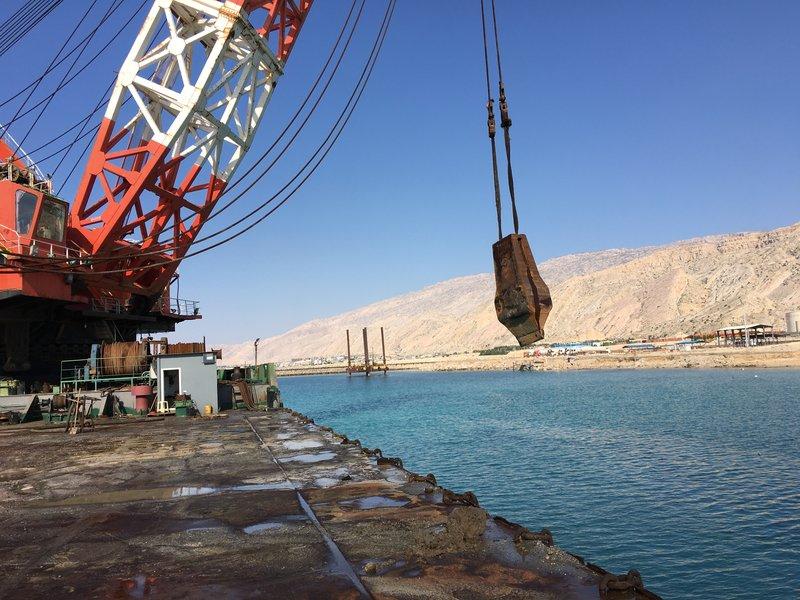 |
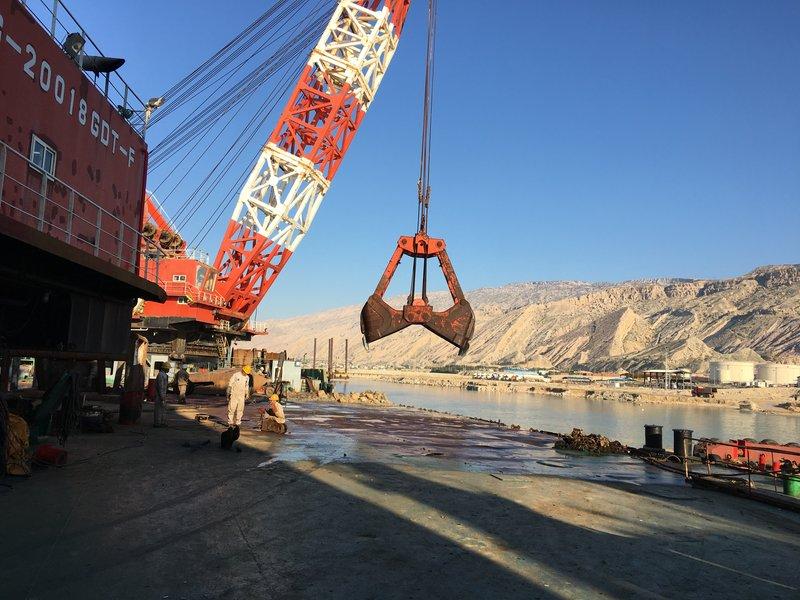 |
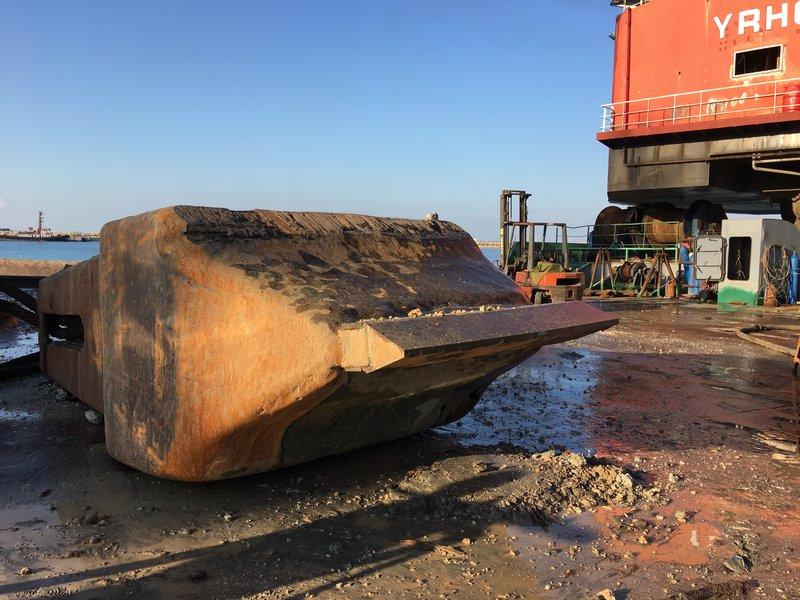 |
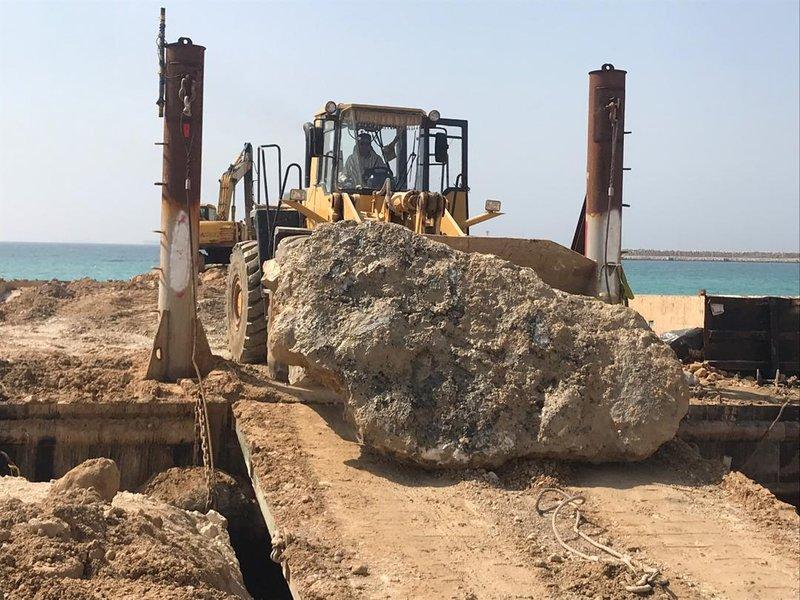 |
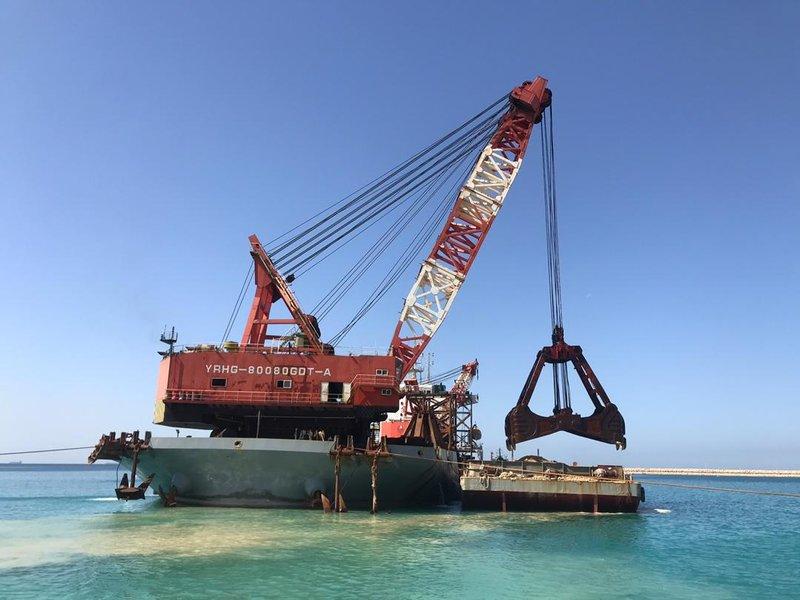 |
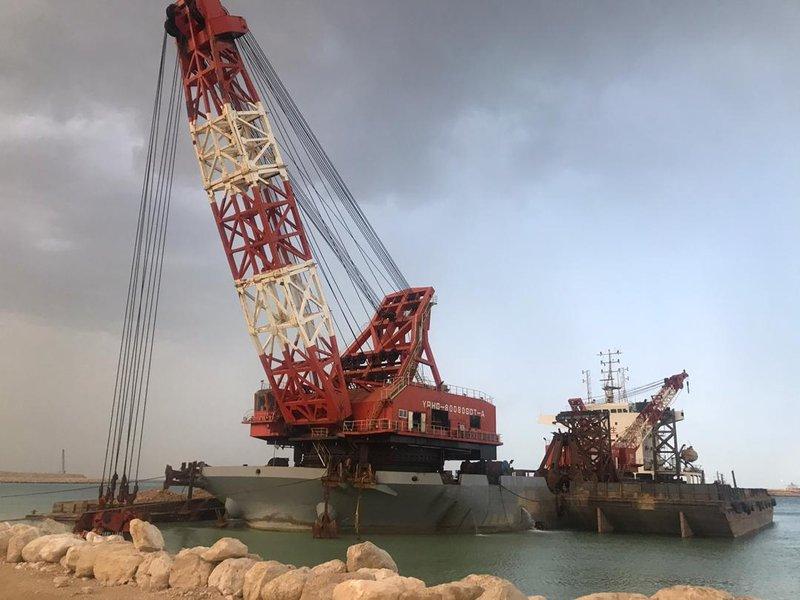 |